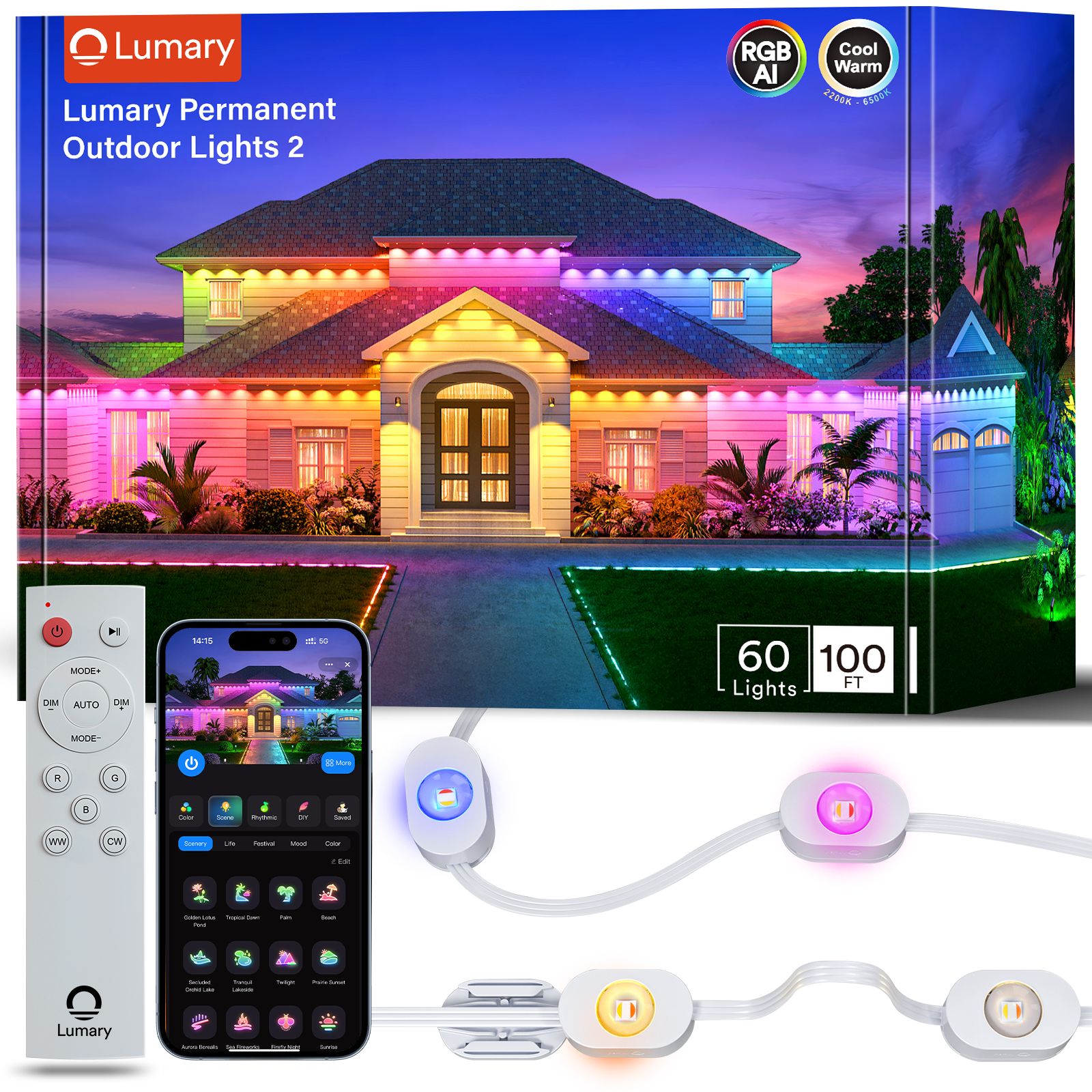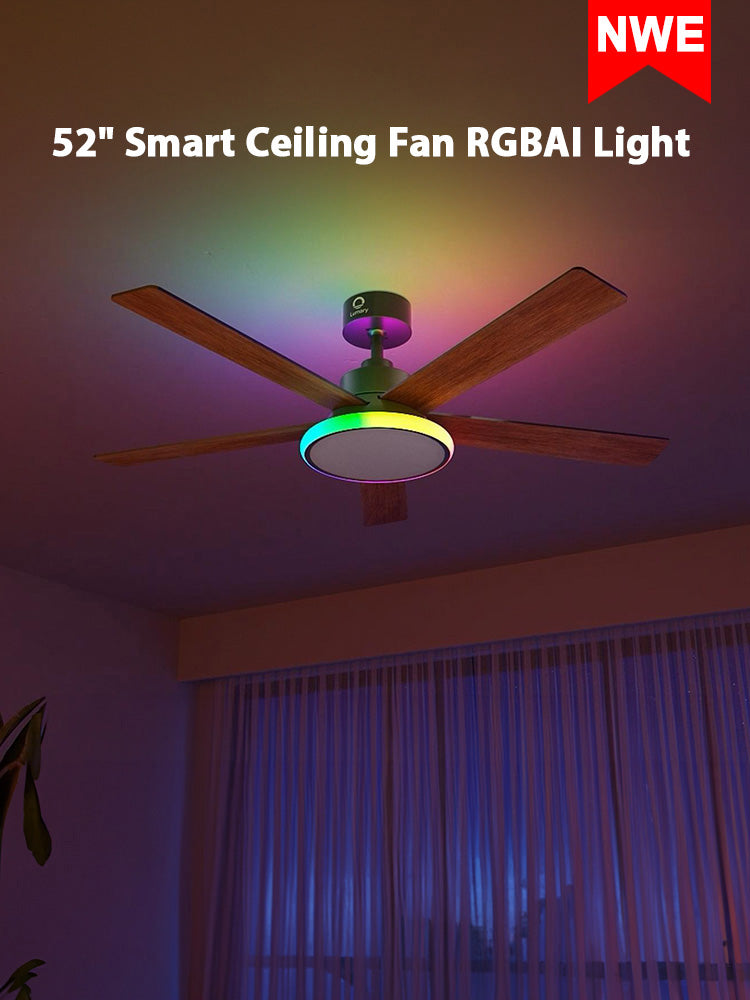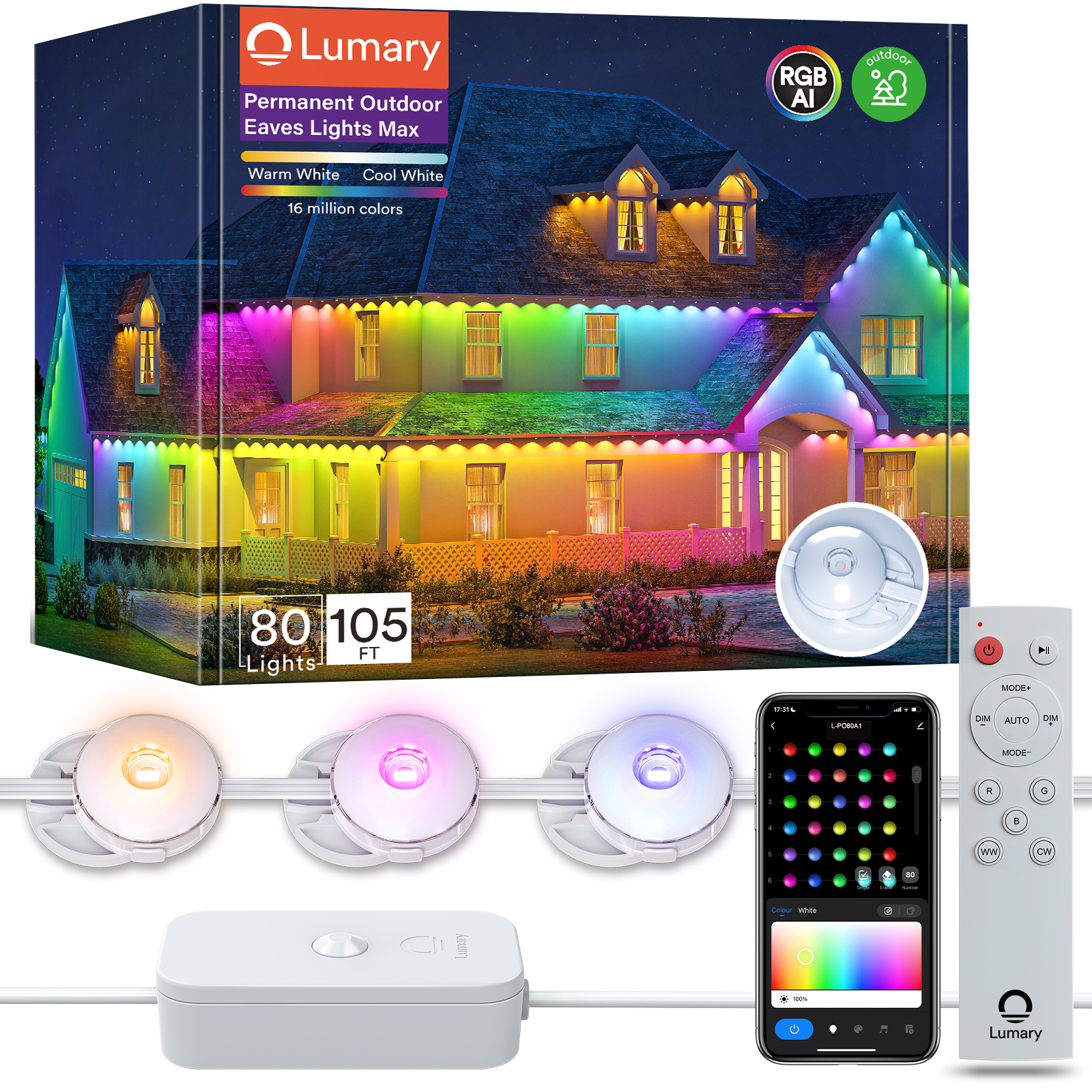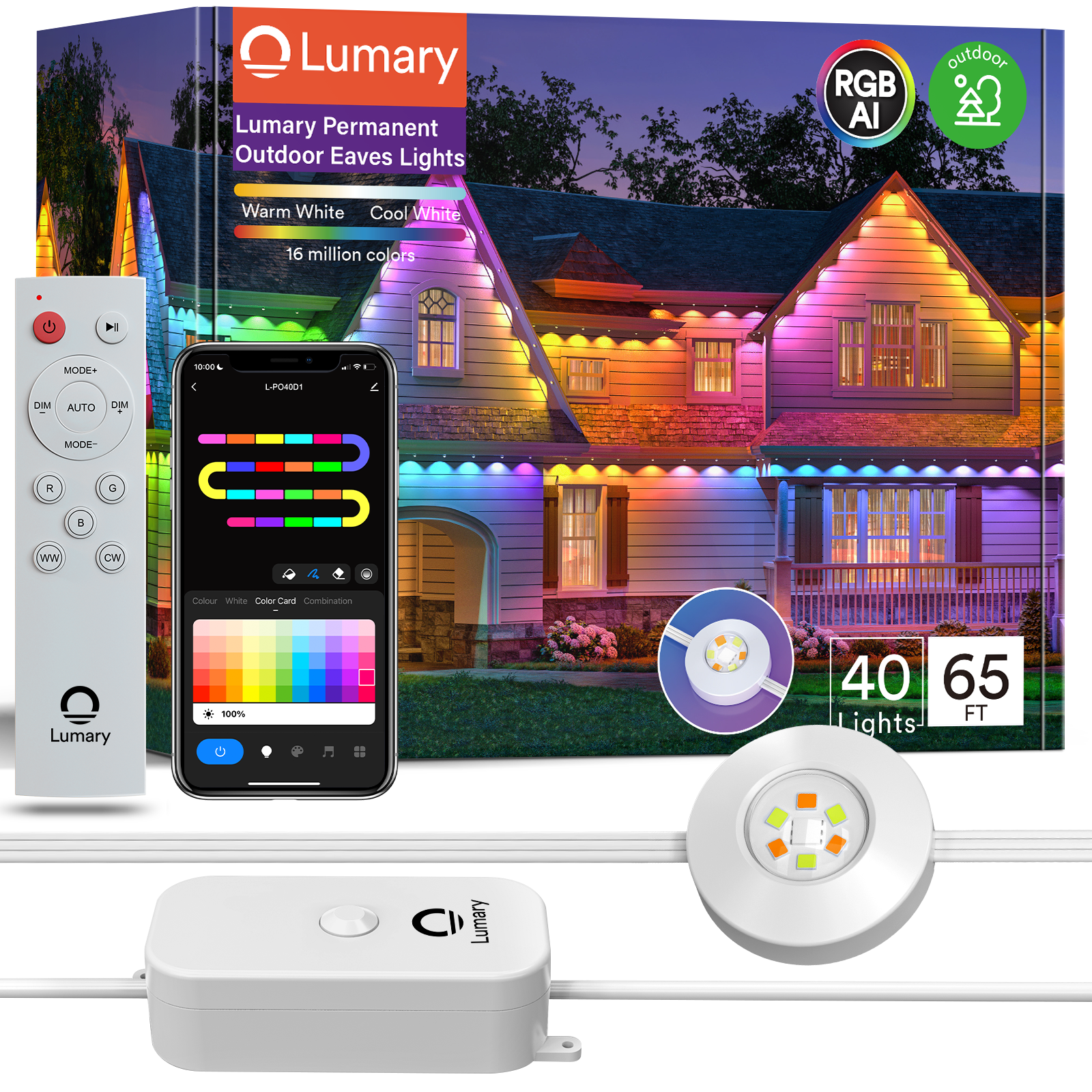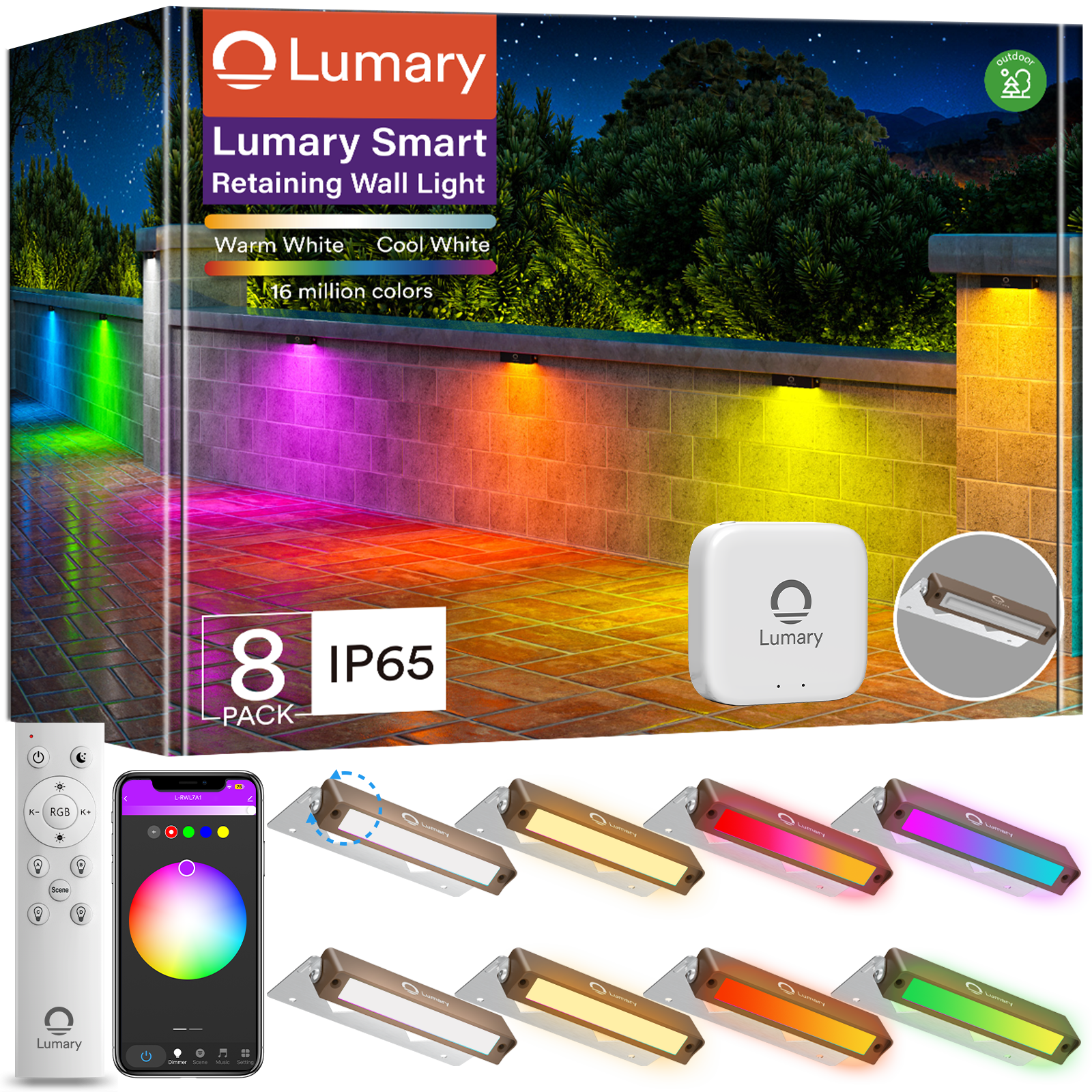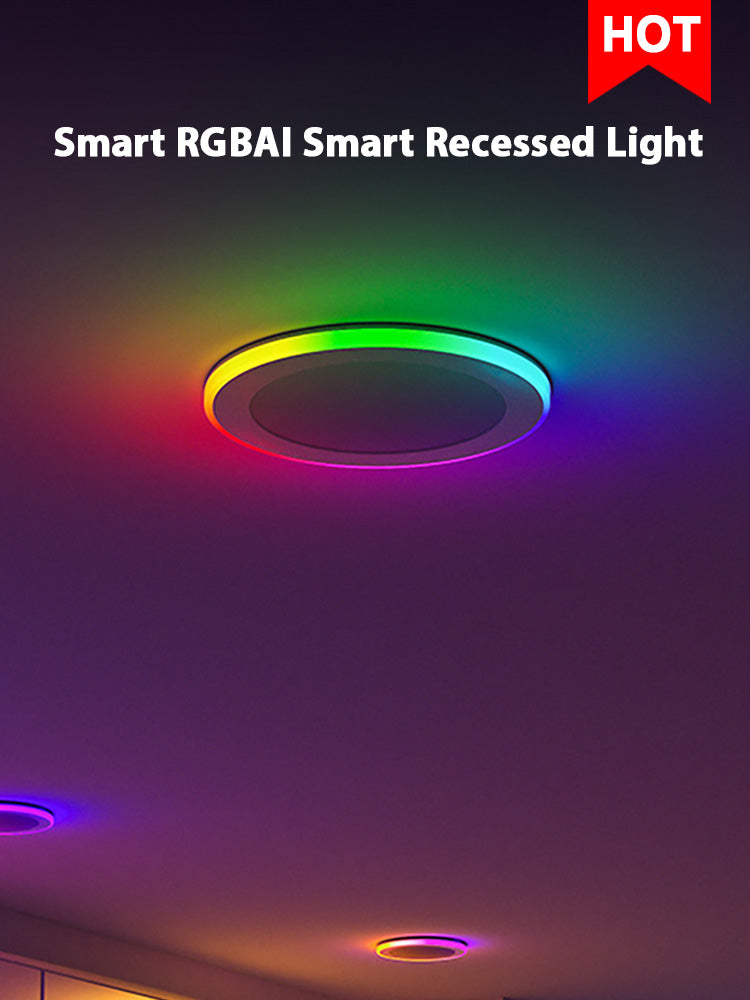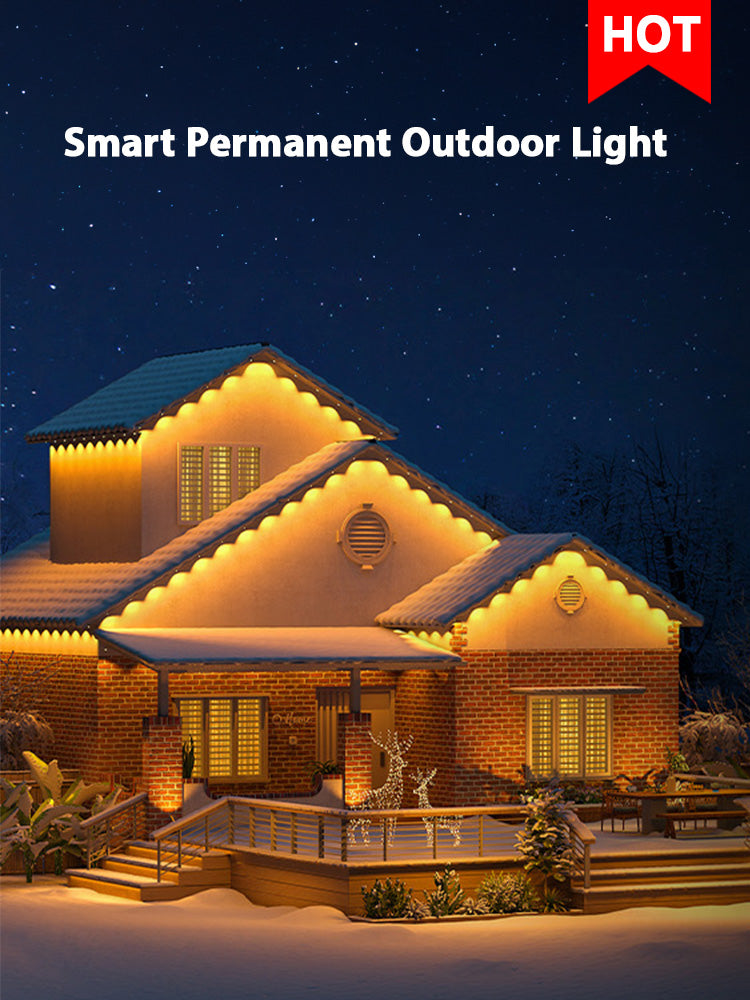Imagine transforming your space into a vibrant haven with glowing colors that match your mood. Installing rgb lights for room decor is easier than you think. With a step-by-step approach, you can create stunning effects. This guide will help you master the art of diy led lights in room setups for the whole room rgb lights experience.

Key Takeaways
-
Collect all tools and materials before starting the RGB lights. This makes the process easy and stress-free.
-
Pick good-quality RGB LED strips that match your room's look. Look for ones with color changes and different light modes.
-
Wipe the surfaces where the lights will go. Clean areas help the tape stick well and last longer.
Tools and Materials for LED Strip Installation
Before starting, gather all the tools and materials you need. This will make the process easy and stress-free. Let’s go step by step.
Picking the right RGB light strips
Think about your room’s shape and the mood you want. Do you prefer bright, bold lights or softer ones? Choose good-quality RGB LED strips that last long and show bright colors. Options like the Lumary Smart RGBAI Recessed Light are excellent. They have cool features like color gradients and different lighting modes for any event.
Power supply and adapters for RGB lights
To set up your lights, pick the correct power supply. Check the voltage and wattage your LED strips need. A matching power supply keeps your lights steady without flickering or overheating. If you’re using long strips, get an adapter to keep the brightness even.
Tools for mounting the lights securely
Mounting your lights properly makes them look neat. Use sticky backing, clips, or brackets to attach the strips to surfaces. For uneven spots, clips give extra hold and stop the strips from falling off later.
Controllers and apps for extra customization
Want more control over your lights? Use a controller or app to change colors and effects. Many RGB LED strips come with apps to adjust brightness, colors, and patterns. For instance, the Lumary App lets you control lights remotely and even use voice commands for fun setups.
Tip: Always check if your LED strips, power supply, and controllers work together to avoid problems during setup.
Planning and Getting Ready to Install LED RGB Strip Lights
Measuring and marking spots in your room
Decide where you want to put the lights. Look around and pick areas to highlight. Do you want lights under shelves, on the ceiling, or behind furniture? Use a measuring tape to check the length you’ll need. Mark these spots lightly with a pencil or masking tape. This helps guide you during setup.
Picking the right color-changing LED strip lights
LED strips come in different types. Some only have basic colors, while others, like the Lumary Smart RGBAI, have cool features. These include gradient effects and many lighting modes. Choose lights that match your style and needs. If you want bright and fun effects, pick customizable LED strips. Check their brightness, durability, and if they work with controllers before buying.
Cleaning and organizing the setup area
Clean the surfaces where you’ll stick the lights. Dust or grease can stop the adhesive from working well. Wipe the area with a damp cloth and let it dry. Remove clutter to make installation easier. A clean space will save you time later.
Finding the right power source and controller
Your LED strips need the correct power source to work. Check the voltage and wattage of your lights and get a matching adapter. For smart lights like the Lumary Smart RGBAI, make sure the controller or app works with them. This lets you easily change colors, brightness, and effects.
Note: Always check if the power source and controller are compatible.
Step-by-Step Guide to Install LED Strip Lights
Preparing the surface for adhesive backing
Before you start installing the led rgb color changing strip light, make sure the surface is ready. Dust, dirt, or grease can weaken the adhesive on your rgb led strips. Use a damp cloth to clean the area where you’ll stick the lights. Let it dry completely. If the surface is rough or uneven, consider using mounting clips for extra support. A clean and smooth surface ensures your led strip lighting stays in place for a long time.
Tip: Test a small section of the adhesive backing on the surface to check its grip before installing the led strips.
Attaching and securing the RGB light strips

Peel off the adhesive backing from your rgb led strips and carefully press them onto the marked areas. Start at one end and work your way along the surface, pressing firmly as you go. For corners or bends, gently curve the strip without forcing it. If you’re using mounting clips, secure them over the strips at regular intervals. This step ensures your install rgb led lights process looks neat and professional.
Connecting the power supply and testing functionality
Now it’s time to bring your led strip lights to life! Connect the strips to the power supply. Follow the instructions provided with your lights to ensure proper connections. If you’re installing rgb strip lights with a controller, connect it between the strips and the power source. Once everything is connected, plug in the power supply and test the lights. Check if all sections light up evenly and respond to the controller.
Note: If the lights don’t turn on, double-check the connections and ensure the power supply matches the voltage of your rgb led strips.
Managing cables for a neat and professional look
Messy cables can ruin the look of your led strip installation. Use cable clips or zip ties to bundle and secure the wires. Tuck them behind furniture or along edges to keep them out of sight. If you’re installing the led strips near a power outlet, make sure the cables don’t dangle or create a tripping hazard. A tidy setup not only looks better but also keeps your install rgb led lights safe and functional.
Tip: Label the cables if you’re using multiple strips and controllers. This makes troubleshooting easier later.
Customizing and Operating RGB Lights for Your Room
Using apps or remotes to control colors and effects
Once your RGB lights are installed, it’s time to make them shine! Most modern lights, like the Lumary Smart RGBAI, come with apps or remotes that let you control everything. Open the app or grab the remote, and you can instantly change colors, adjust brightness, or switch between effects. Want a calming blue for a quiet evening? Or maybe a vibrant rainbow for a party? You’ve got it all at your fingertips.
If you’re using an app, connect your lights to Wi-Fi or Bluetooth. Follow the app’s setup guide to pair your lights. Once connected, you can explore features like color wheels, preset modes, and even timers. For voice control, sync your lights with Alexa, Google Assistant, or Siri. Just say, “Turn on the lights,” and watch your room transform.
Tip: Test different effects to see what works best for your space. You can always switch things up later!
Setting up dynamic lighting modes and syncing with music
Dynamic lighting modes take your setup to the next level. Many RGB lights for room setups include features like flashing, fading, or pulsing effects. These modes are perfect for creating a fun vibe during parties or gaming sessions.
For an even cooler experience, try syncing your lights with music. Apps like the Lumary App often have a music-sync feature. Turn it on, play your favorite song, and watch the lights dance to the beat. It’s like having your own mini light show at home!
Pro Tip: Place your lights strategically to enhance the effect. For example, under a desk or behind a TV can make the whole room RGB lights feel immersive.
Adjusting brightness and creating preset scenes
Sometimes, you need soft lighting for relaxation. Other times, you want bright, bold colors to energize the space. Adjusting brightness is easy with most apps or remotes. Slide the brightness bar up or down until it feels just right.
You can also create preset scenes for different moods. For example, set up a “Movie Night” scene with dimmed warm tones or a “DIY Mood Lighting” scene with soft pastels. Save these settings in the app so you can switch between them with a single tap.
Note: Experiment with different combinations of colors and brightness to find what works best for your led lights in room.
Testing and Fixing Color-Changing LED Strip Lights
Fixing loose connections or broken strips
If your lights don’t work, check the connections first. Loose plugs often cause problems. Look at the connectors between the strips and power supply. Make sure they are tightly plugged in. If you use a controller, check its connection too.
Sometimes, the sticky backing can shift the strips. This might loosen the connectors. Press the connectors gently back into place. If it still doesn’t work, check the wires for damage. Replace any broken wires or connectors to fix the problem.
Tip: Turn off the power before touching wires to stay safe.
Fixing flickering or uneven lights
Flickering lights can be annoying. This happens if the power supply is too weak. Check if your power supply matches the voltage and wattage of your strips. For long strips, add another power supply to keep brightness steady.
Uneven lighting can happen if the strips aren’t flat or the adhesive isn’t strong. Re-stick the strips carefully so they lay flat. Use clips for extra support if needed.
Pro Tip: Test the lights after each fix to see if it works.
Checking compatibility with power and controllers
Using the right parts is important. Make sure your power supply and controller match your LED strips. Wrong parts can cause flickering, dim lights, or damage.
For smart lights like the Lumary Smart RGBAI, check the app and controller settings. Follow the app guide to pair your lights and adjust them. If they still don’t work, reset the controller and try again.
Note: Always use a power supply that matches your LED strip’s voltage and wattage.
Installing rgb lights for room decor is a fun and creative way to transform your space. With the right tools and a bit of diy effort, you can achieve a stunning setup. Experiment with placements and effects to make your led lights in room unique. Enjoy the vibrant ambiance you’ve created!
FAQ
How do I know how much LED strip length I need?
Measure the areas where you want to install the lights. Add a little extra length for corners or adjustments. Always double-check your measurements before buying.
What should I do if my RGB lights don’t turn on?
Check the power supply and connections. Ensure the voltage matches your LED strips. If the problem persists, test with another power adapter or controller.
Note: Always unplug the lights before troubleshooting.


